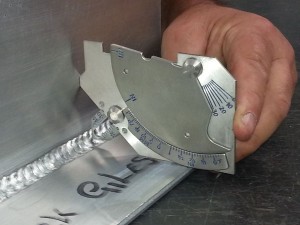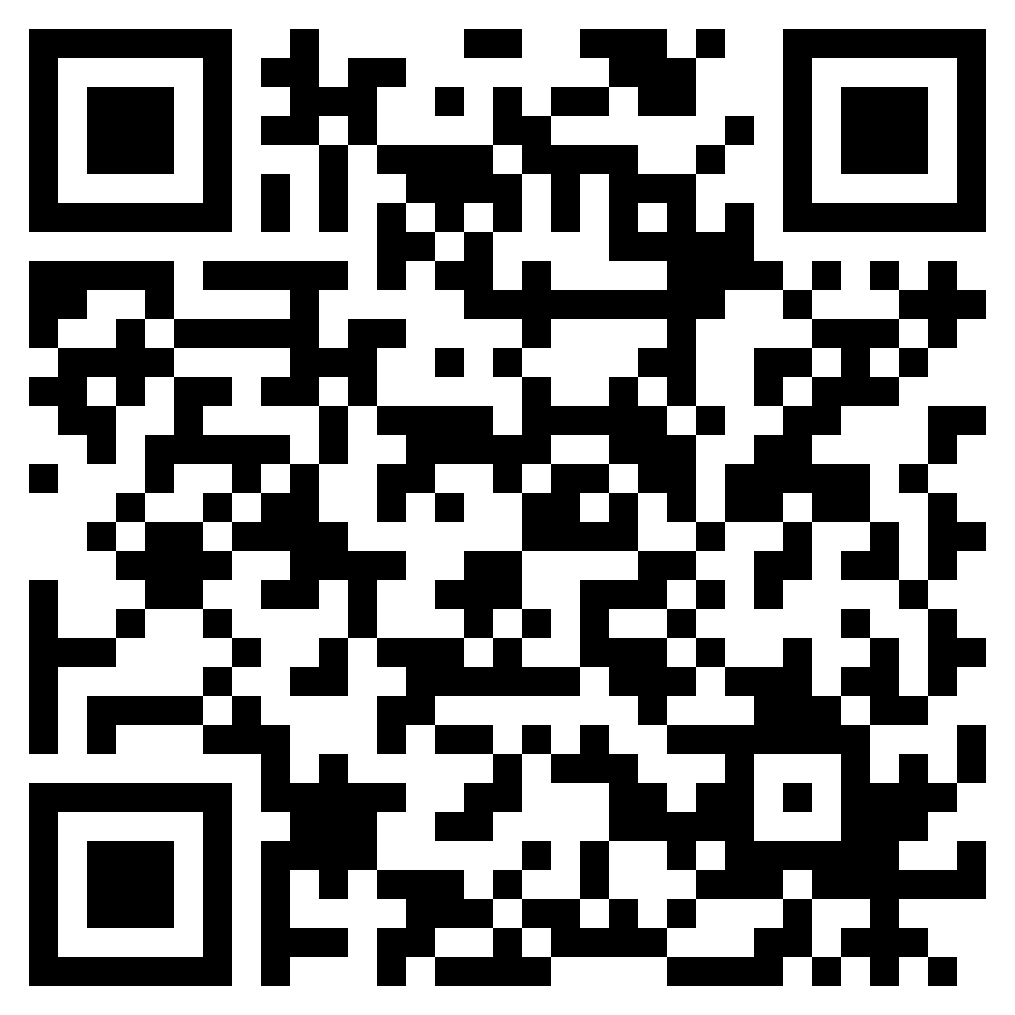
Discovering the Various Methods and Specifications of Welding Evaluation for Getting Compliance and Dependability in Design Applications
The significance of welding evaluation in engineering applications can not be overstated, as it offers as a critical safeguard for making certain structural stability and conformity with market requirements. Numerous techniques, consisting of visual evaluation and advanced non-destructive screening strategies, give necessary insights right into the quality of welds.
Significance of Welding Inspection
Welding evaluation plays a vital role in guaranteeing the stability and security of bonded frameworks. This process entails the methodical evaluation of welds to confirm conformity with predetermined requirements and requirements. The importance of welding evaluation can not be overemphasized, as it acts as a secure against possible failures that can result from poor welding techniques. With extensive inspection, problems such as splits, gaps, and poor fusion can be recognized early, therefore preventing tragic failures that may result in structural collapse or safety and security dangers.
Furthermore, welding examination is necessary for maintaining quality control throughout the welding procedure. It ensures that the welds fulfill the needed mechanical and physical buildings needed for their intended applications. Regular inspections additionally cultivate a culture of liability and constant enhancement within welding procedures, urging adherence to finest practices and market standards.
In managed markets such as building, manufacturing, and aerospace, rigorous welding assessment protocols are mandated to follow lawful and safety and security demands. Eventually, reliable welding assessment not only protects human life and building yet likewise improves the durability and dependability of bonded structures, making it an indispensable aspect of engineering and building and construction.

Typical Welding Inspection Approaches
A variety of examination approaches are employed to evaluate the quality and honesty of welds, each customized to identify details sorts of flaws. Amongst the most usual techniques is aesthetic examination, which involves a comprehensive examination of the weld surface to identify visible imperfections such as fractures, damages, and inadequate blend. This approach is often the initial step in the inspection process because of its simplicity and cost-effectiveness.
One more widely used technique is radiographic examination, where X-rays or gamma rays penetrate the weld to reveal interior issues. This strategy is especially effective for spotting porosity and inclusions within the weld product. Similarly, ultrasonic screening employs high-frequency sound waves to recognize interior flaws, giving a detailed evaluation of the weld's stability.
In addition, magnetic particle inspection is used for ferromagnetic products, permitting the discovery of surface area and near-surface flaws by applying magnetic areas and observing particle patterns. Color penetrant screening involves applying a liquid color to the weld surface area, exposing splits and other stoppages upon evaluation (Welding Inspection Milwaukee). Each of these approaches plays a vital duty in making sure weld high quality and conformity with industry requirements
Non-Destructive Checking Strategies
Non-destructive testing (NDT) techniques are essential devices in the analysis of weld quality, allowing inspectors to evaluate the stability of welded joints without causing damages to the materials. Different NDT approaches are employed to identify prospective issues, making sure that welds satisfy the needed standards for safety and security and efficiency.
One of the most common techniques is ultrasonic testing (UT), which makes use website here of high-frequency acoustic waves to discover inner flaws such as fractures or gaps. Radiographic screening (RT) uses X-rays or gamma rays to produce photos of welds, revealing any suspensions within the material. Magnetic bit testing (MT) is visit this website effective for spotting surface area and near-surface defects in ferromagnetic materials with the application of electromagnetic fields and contrasting fragments.
Fluid penetrant testing (PT) is another widely made use of approach that entails using a dye to the surface of the weld, which leaks right into any cracks, making them visible under ultraviolet light. Each of these methods offers unique advantages and constraints, and the selection of a suitable method is important to attaining exact analyses of weld stability. Ultimately, the application of NDT techniques substantially contributes to the dependability and safety of engineering applications.

Regulative Requirements and Conformity
In the world of welding assessment, adherence to regulatory criteria and conformity is extremely important to guarantee the safety and security and reliability of welded structures (Welding Inspection Milwaukee). Numerous companies, consisting of the American Welding Culture (AWS), the American Society of Mechanical Designers (ASME), and the International Organization for Standardization (ISO), have actually developed guidelines that regulate welding methods and assessment treatments. These standards supply a framework for high quality guarantee, laying out the required qualifications for examiners and the approaches for assessing weld honesty
Compliance with these regulatory criteria not just improves the structural honesty of bonded settings up yet additionally alleviates dangers related to failures, which can have disastrous effects. Assessments must be done utilizing specified treatments, consisting of aesthetic, ultrasonic, and radiographic methods, to make certain that welds fulfill defined criteria.
Additionally, adherence to these requirements is typically required by law, specifically in industries such as manufacturing, building, and aerospace. Routine audits and certifications are necessary to preserve compliance, therefore fostering a society of security and high quality within organizations. Eventually, governing standards and compliance offer as the backbone of reliable welding evaluation methods, making certain that engineered frameworks fulfill both efficiency expectations and security requirements.
Ideal Practices for Welding Examination
While preserving compliance with regulatory criteria is essential, carrying out finest methods for welding examination additionally improves the safety and honesty of welded frameworks. Effective welding evaluation begins with detailed preparation, which includes understanding the details requirements of each job and ensuring inspectors are well-trained in applicable methods and criteria.
Using an extensive evaluation list aids to make certain view publisher site all important aspects are examined, such as weld size, infiltration, and aesthetic flaws. Non-destructive testing (NDT) methods, such as radiographic or ultrasonic screening, must be utilized where proper, providing an extra extensive evaluation of weld quality without jeopardizing the stability of the materials.
Documentation plays a significant duty in best techniques; maintaining accurate records of examinations, including pictures, test outcomes, and conformity records, makes certain liability and assists in future analyses. In addition, promoting a society of open communication in between welders and assessors can cause early identification of potential concerns, promoting prompt restorative activities.
Conclusion
In summary, the implementation of extensive welding inspection techniques and adherence to established standards are essential for making certain compliance and reliability in engineering applications - Welding Inspection Milwaukee. Strategies such as aesthetic evaluation, radiographic testing, and ultrasonic screening work as critical tools in keeping and recognizing problems quality control. By promoting a society of accountability and excellence, companies can improve the integrity and longevity of bonded structures, inevitably adding to the safety and security and efficiency of engineering tasks
Numerous methods, consisting of visual examination and progressed non-destructive screening methods, provide vital insights right into the quality of welds.Welding examination plays an essential function in making certain the integrity and security of welded frameworks.A selection of evaluation approaches are utilized to evaluate the top quality and stability of welds, each tailored to discover specific types of problems.An additional extensively used technique is radiographic examination, where X-rays or gamma rays permeate the weld to reveal inner issues.In the world of welding evaluation, adherence to regulatory standards and compliance is paramount to make sure the security and integrity of bonded structures.
Comments on “Why Welding Inspection Milwaukee Is Important for Industrial Applications”